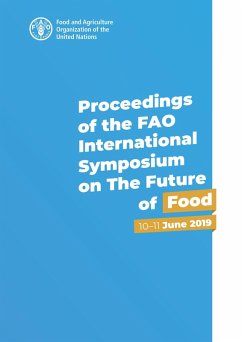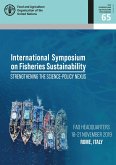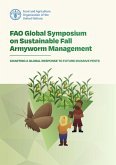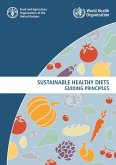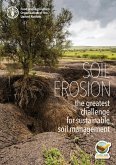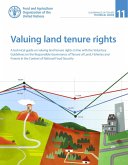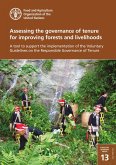In June 2019, a two-day symposium brought together academics, researchers, policymakers, representatives from civil society and private sector, parliamentarians and government agencies to discuss these questions (and many more), and explore pathways to a sustainable future of food and healthy diets for all.
These proceedings report the presentations and discussions that recolved around the four main areas of (1) Research, Knowledge Gaps and Needs for Sustainable Food Systems and Healthy Diets; (2) Governance of food systems for healthy diets; (3) Building Consumer Confidence in Food Systems; and (4) Transforming Food Systems: What does it take?
Dieser Download kann aus rechtlichen Gründen nur mit Rechnungsadresse in A, B, CY, CZ, D, DK, EW, E, FIN, F, GR, H, IRL, I, LT, L, LR, M, NL, PL, P, R, S, SLO, SK ausgeliefert werden.

